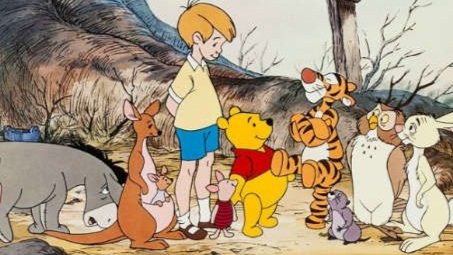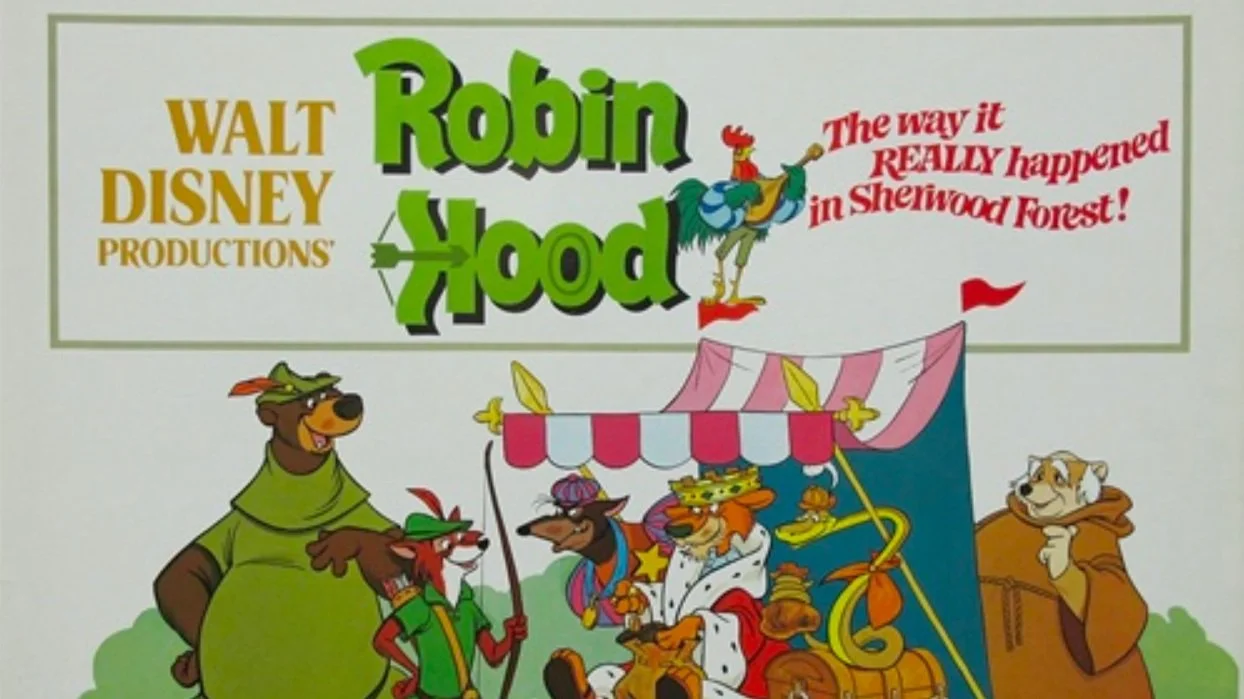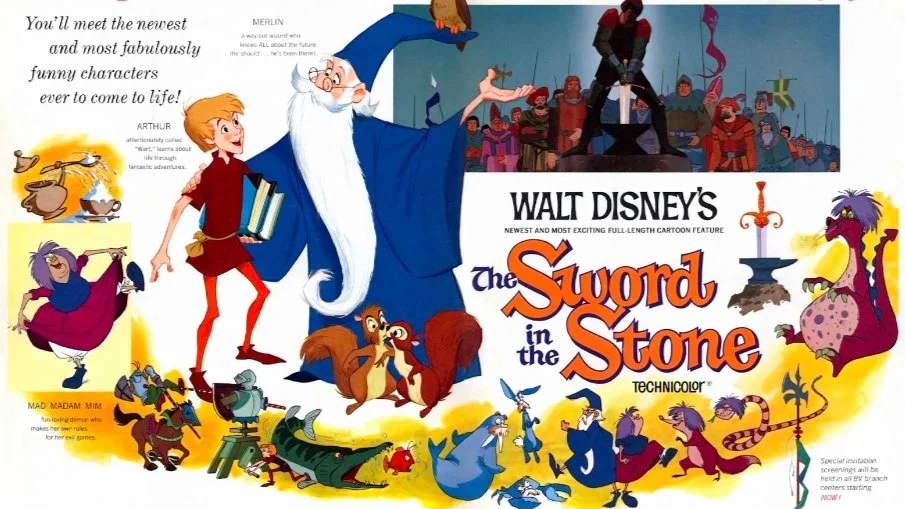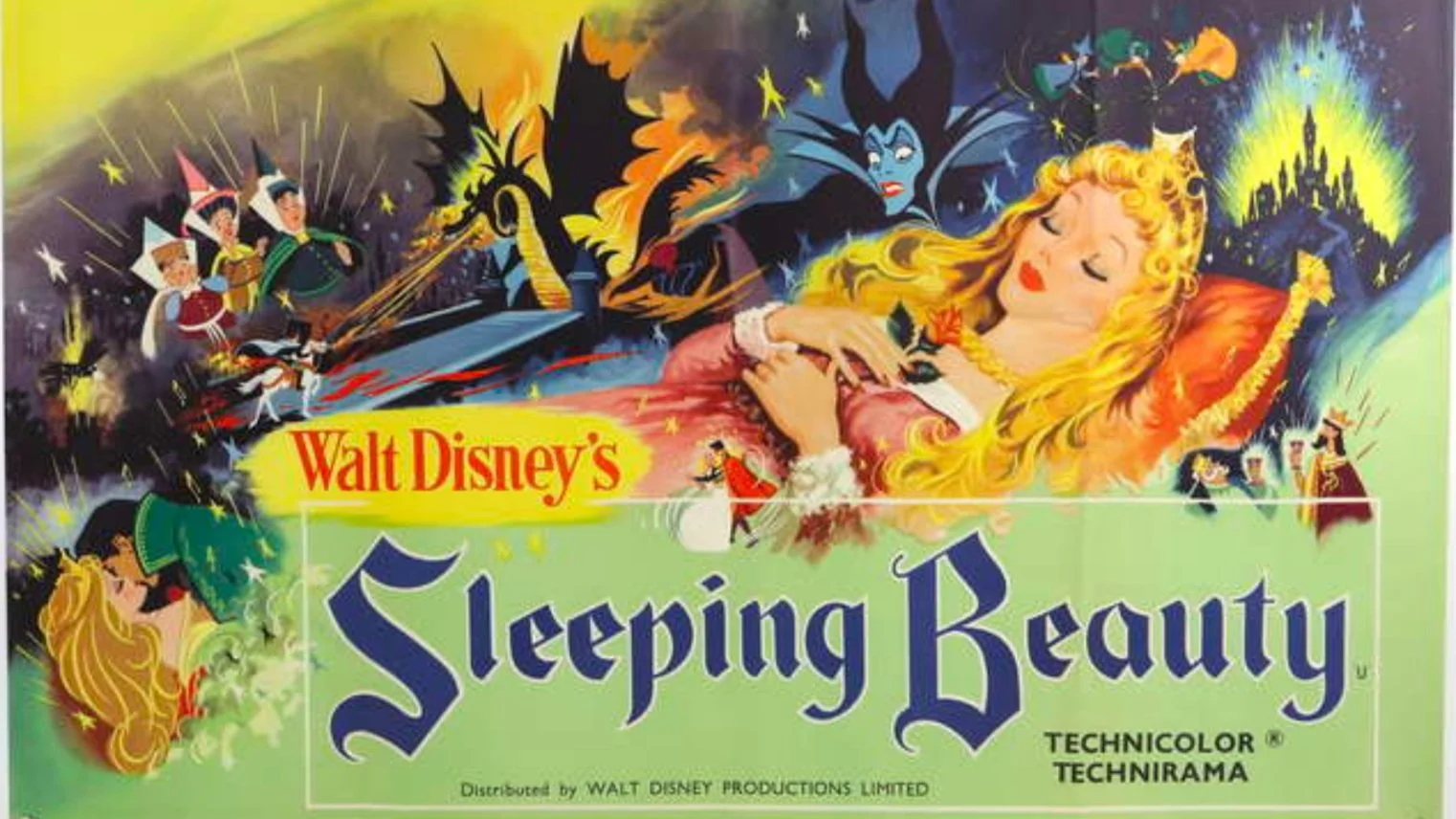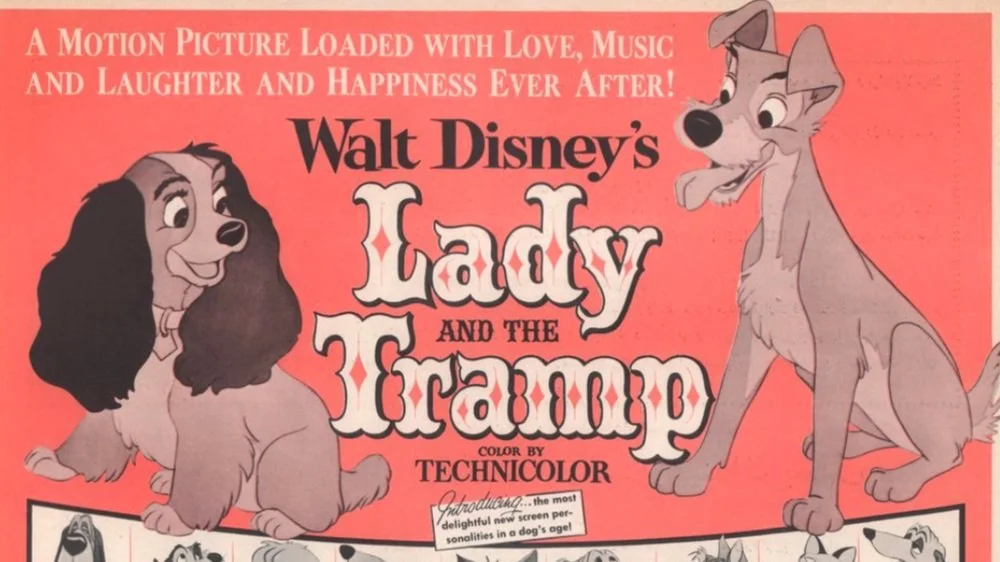Beginner’s Guide to Alfred Hitchcock: Murder! (1930)
One thing I miss about old movies is theatricality. Movies from before the 1970s have a certain…grandeur to them. This held especially true with Gothic tales, melodramas, and romances. Alfred Hitchcock had a very theatrical flair, which he executed through production design, music, camerawork, and his direction of actors. In addition to that, Hitchcock’s characters usually had to put on performances to survive; many of his films feature the theater or a stage in some manner. The 1930 film Murder! is set in the world of the theatre and takes Hitchcock’s love for theatricality and mines it for the thematic. The film had some innovative filmmaking and is quite a cleverly conceived murder mystery.
Based on the novel Enter Sir John by Clamence Dame and Helen Simpson, Murder! begins with the discovery of Edna Druce’s body and a trail of blood. Diana Baring (Norah Baring) is found in a daze near the corpse and the weapon, a fireplace poker. With no memory of the incident, Diana faces a murder trial. The judge instructs the jury that youth and beauty does not preclude murder. With the defense suggesting insanity, the jury sets out to deliberate. While most of the jury decides she’s guilty, a juror Sir John (Herbert Marshall) has doubts. Even though Sir John is bullied into entering a guilty verdict, he sets off to solve the murder himself before Diana is executed.
The backdrop of the theatre is utilized quite effectively. Sir John is an actor himself, and his talents come in handy in his detective work. In the film, the line between reality and theatricality is blurred as Sir John tries to get a confession out of the prime suspect by pretending to put on a play based on the murder. Some film critics have noted an inspiration from Hamlet, where a similar conceit is used to confront a guilty party. The prime suspect is Handel Fane (Esme Percy), a biracial man passing as white (another performance). Handel often cross-dresses as women on the stage, which Hitchcock and Truffaut, in later conversations, connect to homosexuality. Rather than confess and face justice, the murderer commits suicide in front of an audience as a macabre final act. Hitchcock blends life with fiction even further by casting a bright young actress named Norah Baring as a bright young actress named Diana Baring.
Due to the limitations of sound filmmaking in 1930, Hitchcock had to innovate a scene where Sir John’s inner monologue is heard. Hitchcock had Herbert Marshall’s voice playing from a phonograph, because he could not post-dub voiceover in 1930. Then he had a live orchestra playing on set for the background music, using the prelude from Tristan und Isolde by Robert Wagner. Wagner’s opera was also a source of inspiration for Bernard Herrmann’s Vertigo score.
Hitchcock collaborated with his wife, Alma Reville, and British writer, Walter Mycroft, on the adaptation. The cinematography was by J.J. Cox, who worked with Hitchcock numerous times during this period. Murder! was the sound film debut for Herbert Marshall, who would have a long, esteemed career (check him out in two Bette Davis vehicles, The Little Foxes and The Letter). Murder! also stars Edward Chapman and Phyllis Konstam as Ted and Doucie Markham, a bumbling but endearing married couple who assist Sir John. Norah Baring is somewhat droll in her part (“That’s absurd!” is her response to being convicted of murder).
In his interview with Francois Truffaut, Hitchcock speaks highly of Murder!. Hitchcock didn’t care for whodunit murder mysteries, because he felt the audiences only cared about the ending. That’s probably true, though Murder! is interesting enough in its procedural elements to hold interest. I cannot imagine that Sir John would have been allowed on the jury in the first place. He had a personal connection to Norah as a mentor figure and sets off to interfere with justice. In real life, the judge would declare a mistrial. But then again, when did Hitchcock ever care about real life?





